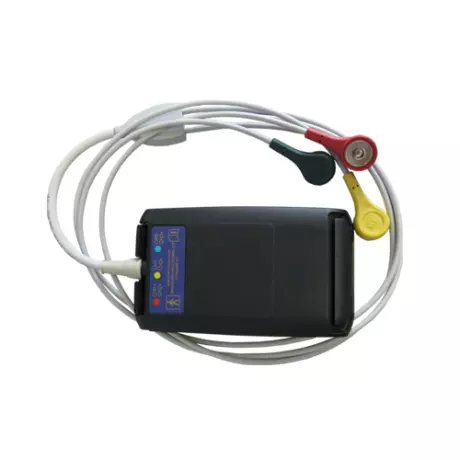
Patient cable for ECG recorder Lifecard CF...
Patient cable for ECG recorder Lifecard CF 3-wire, short
Portal and digital medical technology fair of the largest MedTech cluster in Germany

Patient cable for ECG recorder Lifecard CF...
Patient cable for ECG recorder Lifecard CF 3-wire, short
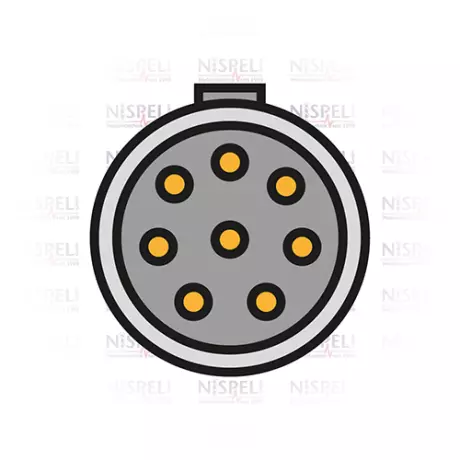
3-wire ECG trunk cable to Philips/HP
3-wire ECG trunk cable to Philips/HP for monitors: 43100A,43110A,43120A,78352C, 78354C,78824C,862474...
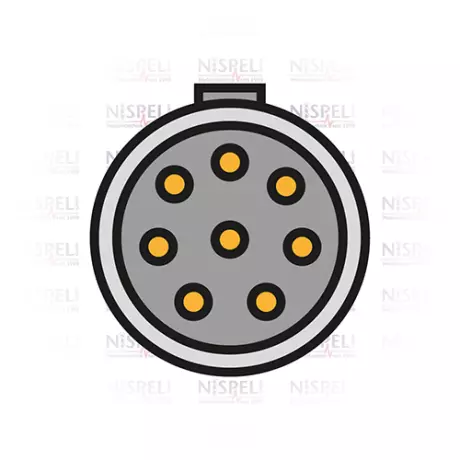
3 core complete cable to Philips/HP with...
3 core complete cable to Philips/HP with push button DIN Monitors: C3: 862474, 862475, 862478, 86247...
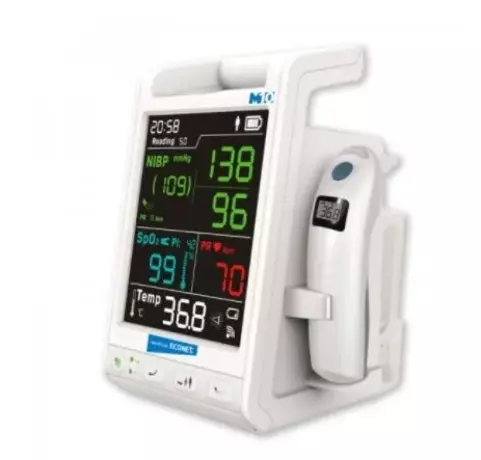
Patient Monitor Vital Signs Monitor M10
Patient Monitor Vital Signs Monitor M10 The compact vital signs monitor M10 was specially developed...
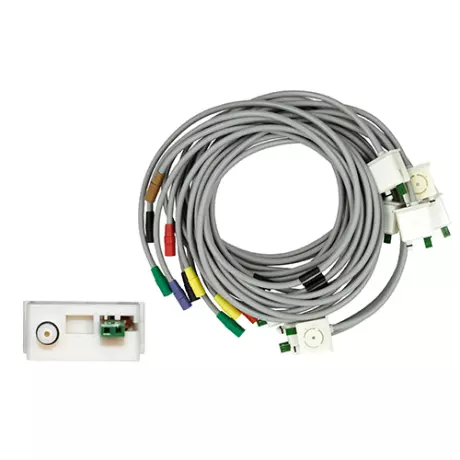
10-core set of electrode lines for the KISS...
10-core set of electrode lines for the KISS suction system Chest wall C1-C6, extremities F, L, R, N
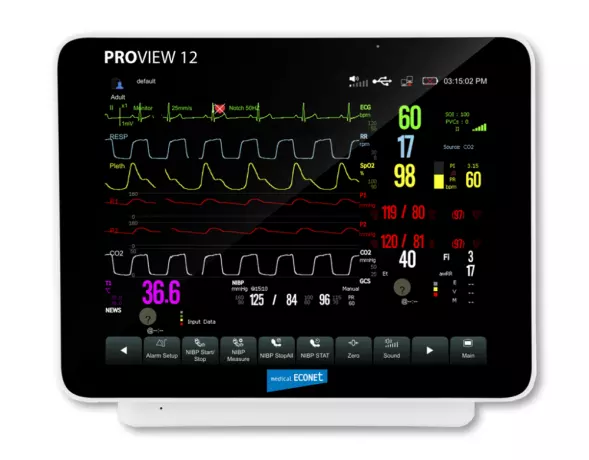
ProView Series ProView 12 patient monitor
ProView Series ProView 12 patient monitor monitor specifications Display: 12.1&Prime...
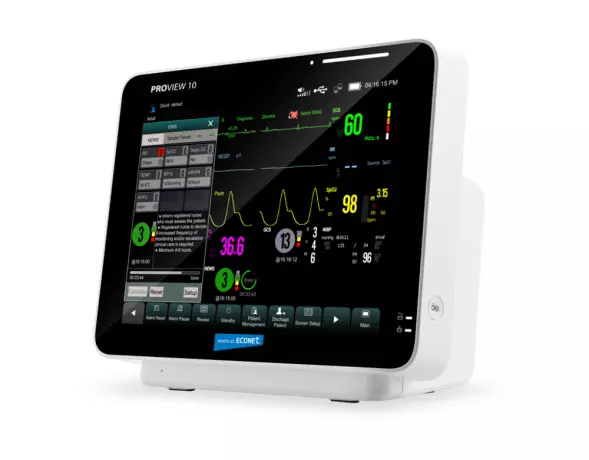
ProView Series ProView 10 patient monitor
ProView Series ProView 10 patient monitor monitor specifications 10.4" TFT full touch display s...
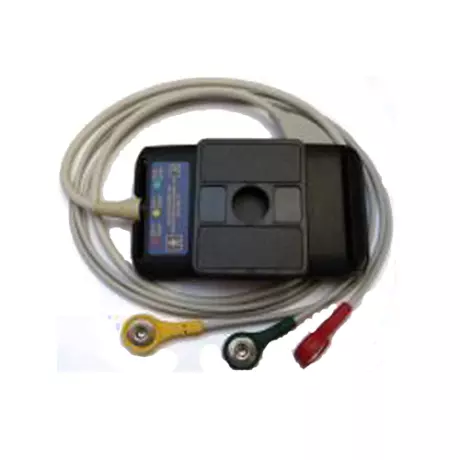
Patient cable for ECG recorder Lifecard CF...
Patient cable for ECG recorder Lifecard CF 3-wire long with clip
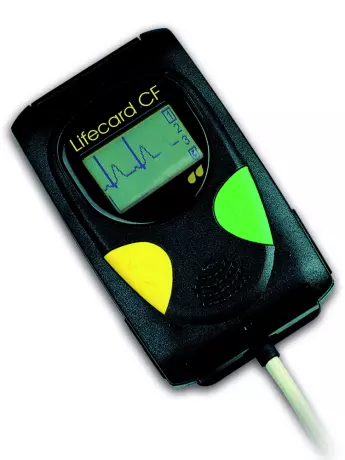
Long-term ECG recorder Lifecard CF
Long-term ECG recorder Lifecard CF Long-term ECG recorder with pacemaker detection and 7-day functio...
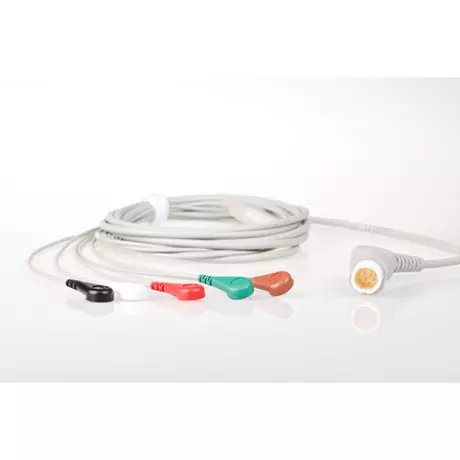
5-lead ECG complete cable to Philips/HP with...
5-lead ECG complete cable to Philips/HP with push button DIN Monitors: C3: 862474, 862475, 862478, 8...
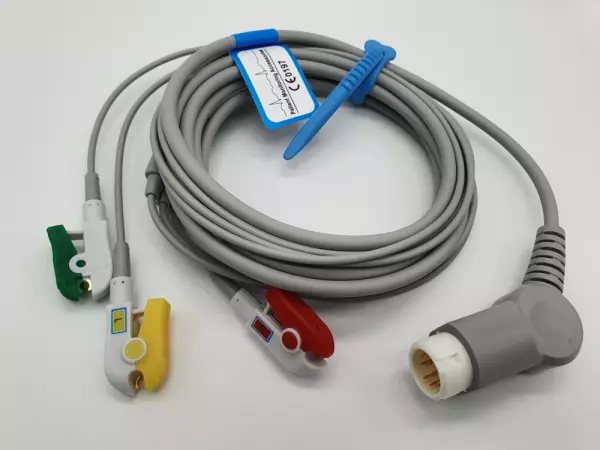
3-wire complete cable to Philips/HP with...
3-wire complete cable to Philips/HP with clamps Monitors: C3: 862474, 862475, 862478, 862479, Codema...

ECG patient monitoring has become an essential tool in the emergency room (ED) and is a vital guide to a patient's general condition. However, the technology involved is very complicated, and staff must be aware of potential problems. Here are some of the most important factors to consider when using ECG monitors. Read on to learn how to use these tools. In addition, find out what not to do. Here are some things you should avoid while using an ECG patient monitor.
An ECG device measures electrical activity of the heart using voltage differences between electrodes attached to the body. A single positive electrode is combined with another electrode to create a composite negative electrode. A 12-lead monitor has ten electrodes placed on the body, including the torso and limbs. In addition, the device can report to a remote healthcare professional. While the technology is relatively new, it has been widely adopted in the medical field.
Multi-parameter patient monitoring devices combine all three of these features. These monitors also contain configurable vital sign settings and audio/visual comprehensive alarms. These monitors have high cost-performance ratios and eliminate the need for multiple monitoring systems. A wearable ECG solution also saves valuable time and money, allowing you to focus on other tasks instead of worrying about your patient's heart rhythm. The information collected on an ECG monitor can be easily shared with family members or remote health professionals.
An ECG patient monitoring device is designed to record and transmit an image file of the recorded ECG signal. It is compatible with most popular ECG machines, including those that use a wireless connection. It is easy to install and can be shared with other family members and healthcare professionals. The wearable ECG solution can also be used to transmit information to a remote health care professional. It is an ideal solution for those who need continuous monitoring of their patients.
A patient's ECG can be monitored with an ECG monitor. This device records the heart rhythm over a long period of time, which can be useful in many situations. In addition, the monitors can be customized to fit the patient's lifestyle and their environment. A Holter monitor can be worn for 24 hours. A telemetry device has a battery pack attached to the electrodes and transmits the signals via radio waves.
ECG patient monitoring is not only important for emergency services, but it also provides valuable data for telemetry. An ECG is a noninvasive way to monitor the heart rhythm. A continuous ECG monitor can help healthcare professionals detect changes in the patient's condition. It is a valuable tool that helps doctors diagnose and treat medical conditions. This is why it is so important to monitor a patient's ECG regularly. The right device can improve the quality of life.
The ECG is a vital diagnostic tool. There are various types of devices to monitor the heart rhythm. Event monitors are designed for short-term monitoring. Unlike the event monitors, implantable loop recorders can record the heart rhythm for an extended period. These devices are not limited to the hospital setting. They can be used in a wide variety of settings, including telemetry. They can be attached to a patient's wrist or to their chest.
An ECG patient monitoring system designed in Labview software can be used for cardiovascular patients. The designed device uses Simple Mail Transfer Protocol technology to communicate with the server. It is made of three components: a DAQ card, an instrumentation amplifier and a cathode ray tube. A laboratoryview-based algorithm analyzes the signal and calculates the heart rate. It also analyzes the arrhythmia condition in patients.
A digital filter removes power line interferences and other artifacts from the signal. Once the signal is filtered, a digital signal processor can detect the signals with high precision. Then, a computerized ECG monitor can be used to detect the first and second R waves in a patient. It can also be used to check the heart's rhythm after an anesthetic. If the leads are plugged in, an external ECG monitor can record the information from the telemetry transmitter and transmit it to the physician.
Become a digital exhibitor yourself in the online portal of the largest and best-known MedTech cluster region in Germany and inform the world of medical technology about your products and services as well as about news, events and career opportunities.
With an attractive online profile, we will help you to present yourself professionally on our portal as well as on Google and on social media.